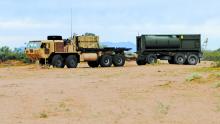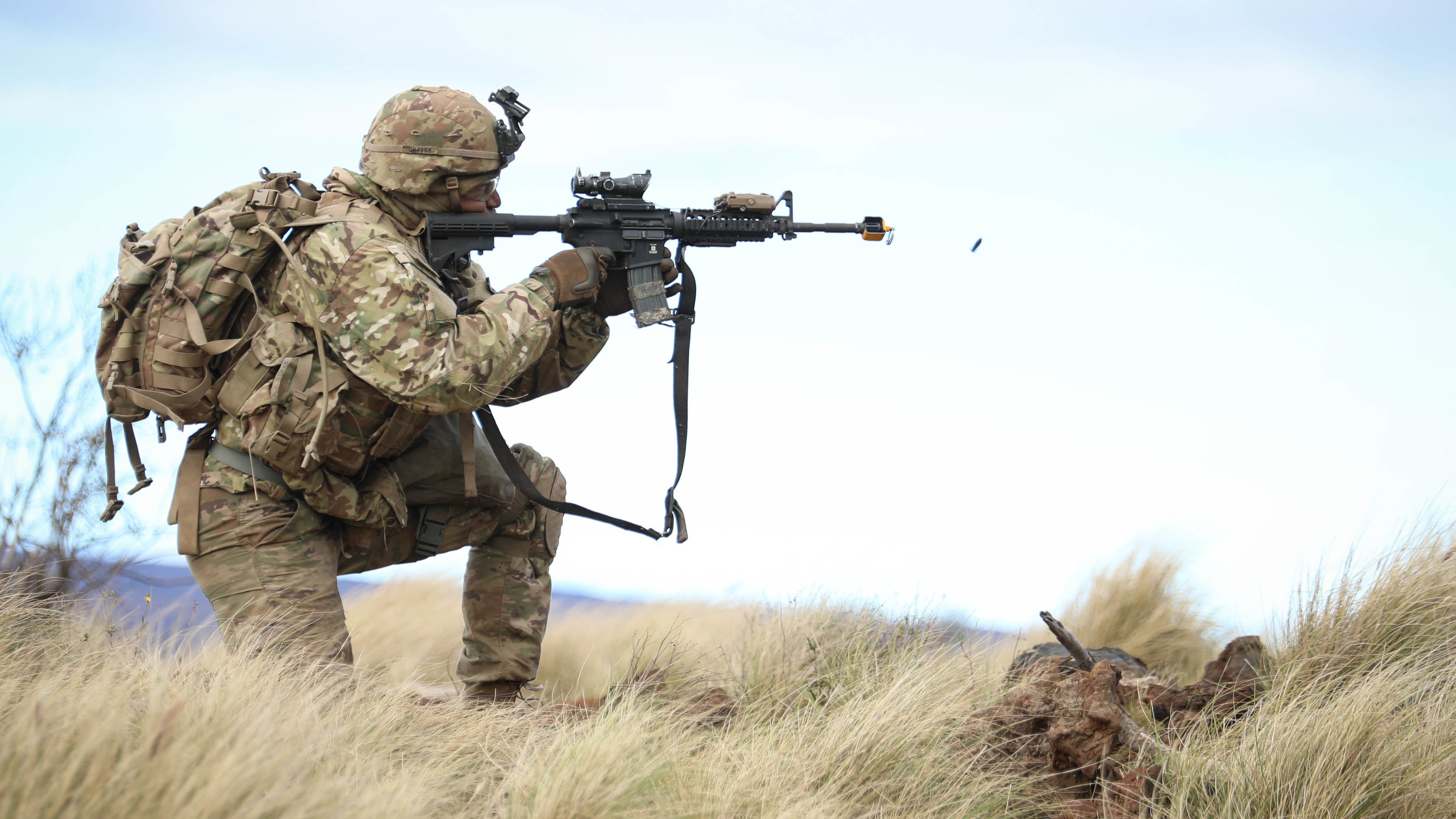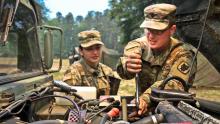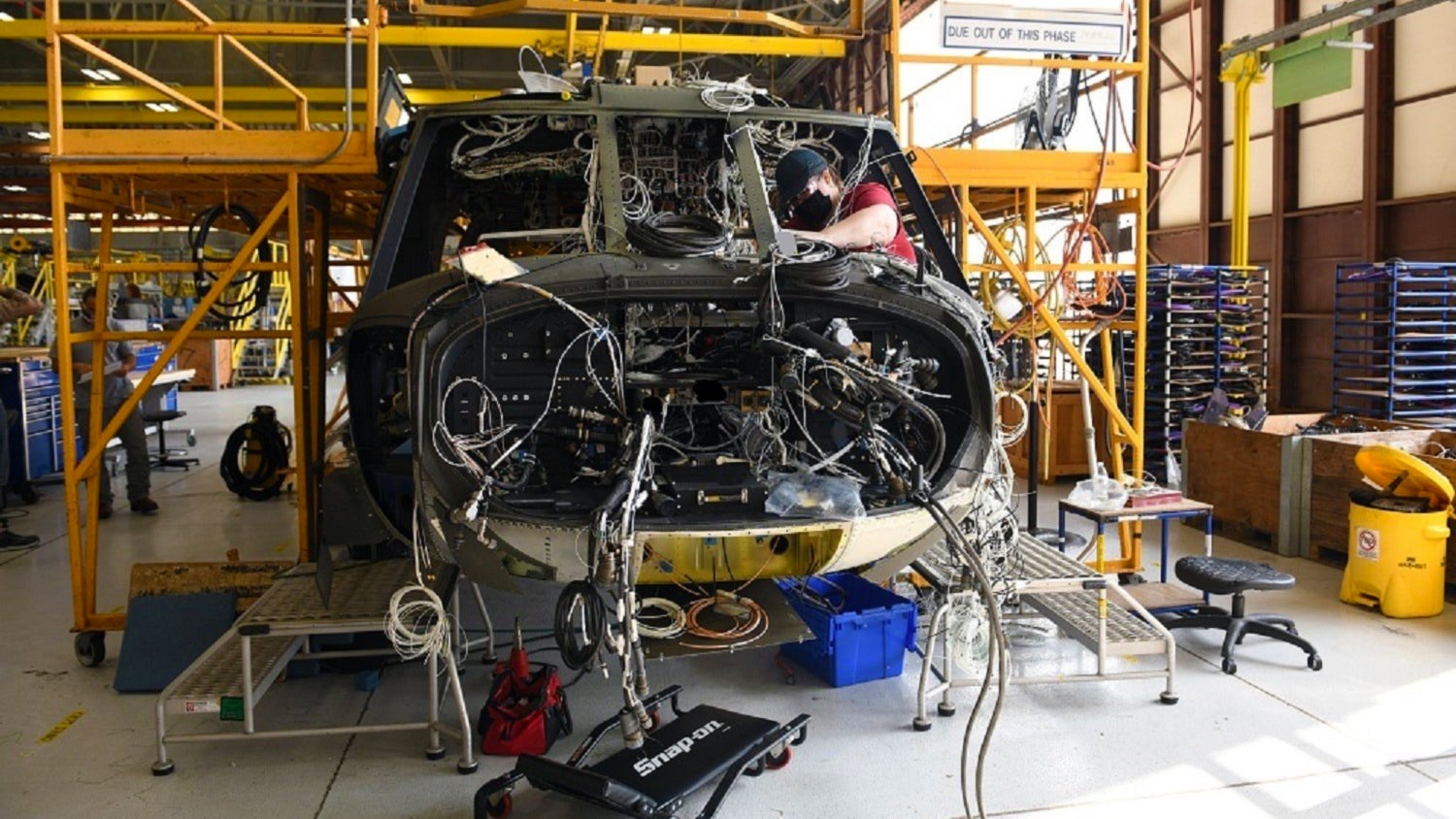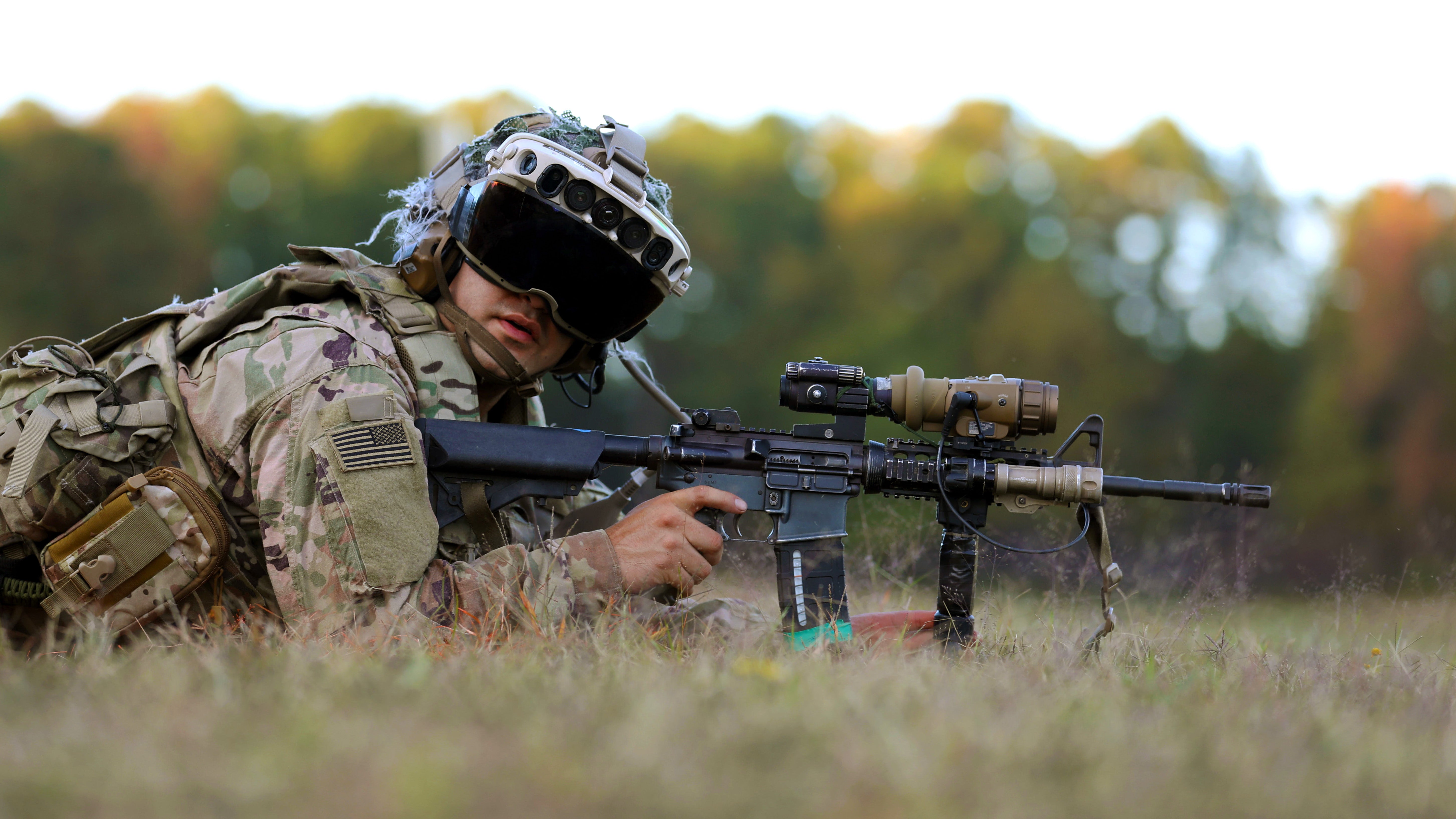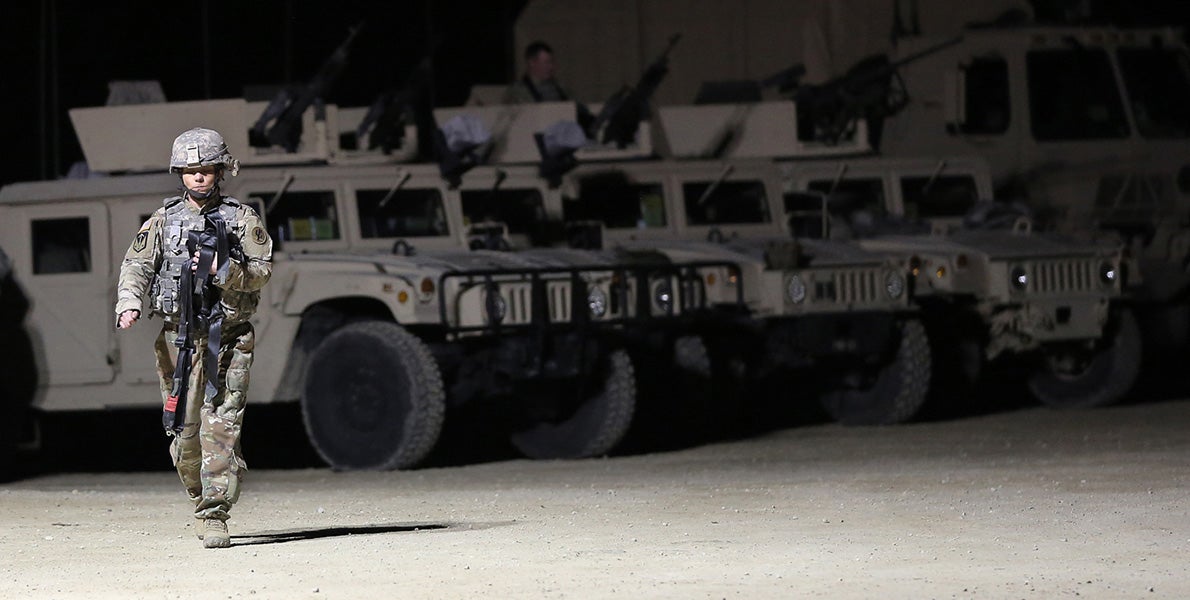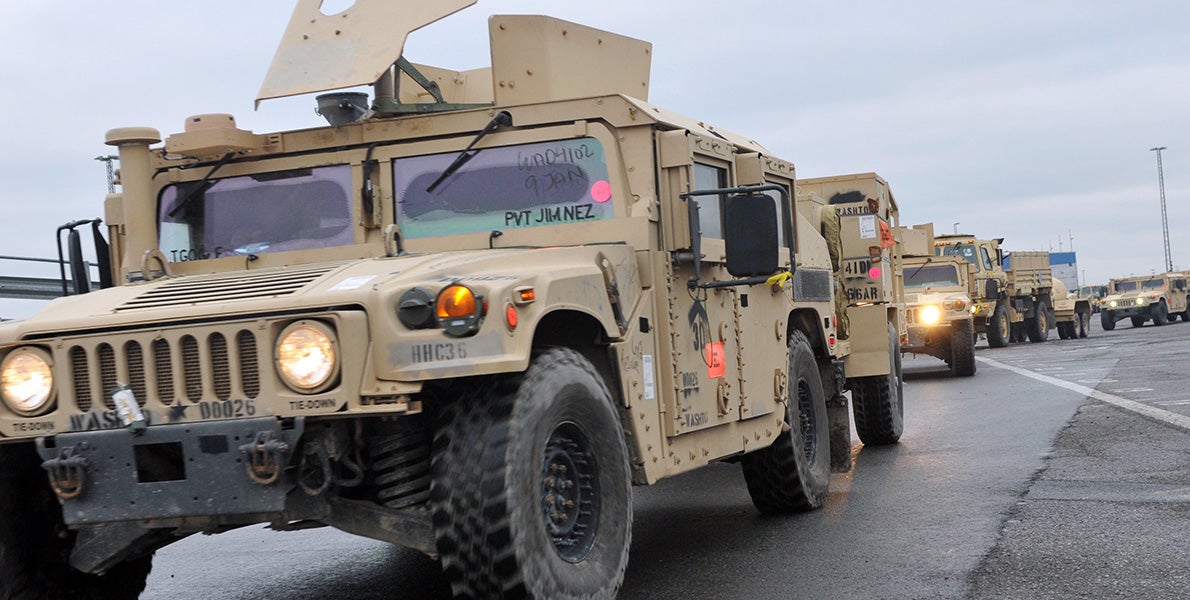‘Highly Effective’ Army Equipment Aiding Ukraine
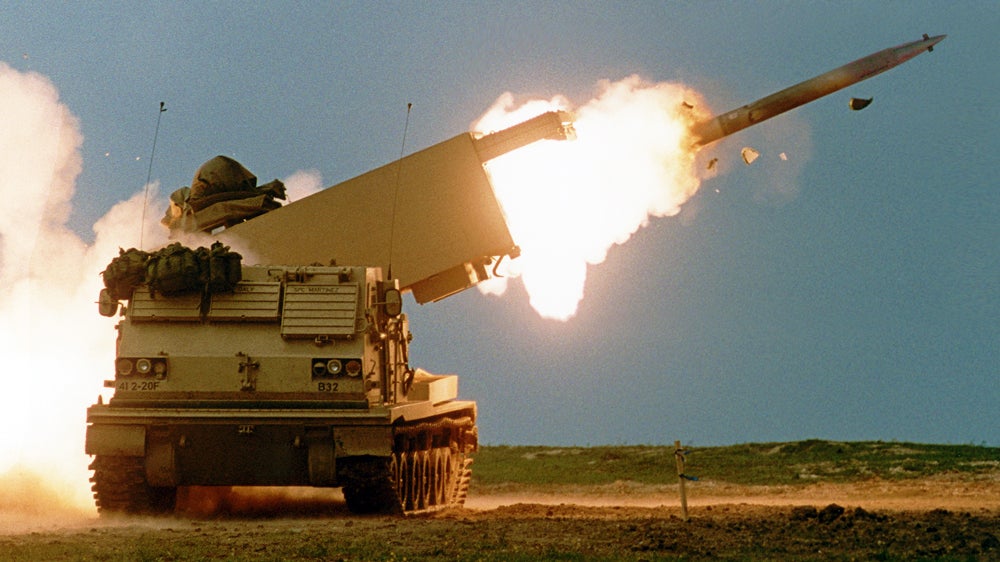
Equipment the Army has been sending to Ukraine to help in the fight against Russia has been proven “highly effective” in combat, a senior Army official said.
Douglas Bush, assistant secretary of the Army for acquisition, logistics and technology, said the performance of vehicles and munitions in Ukraine “validates the Army’s approach to how we produce things and how we test and design them.”


